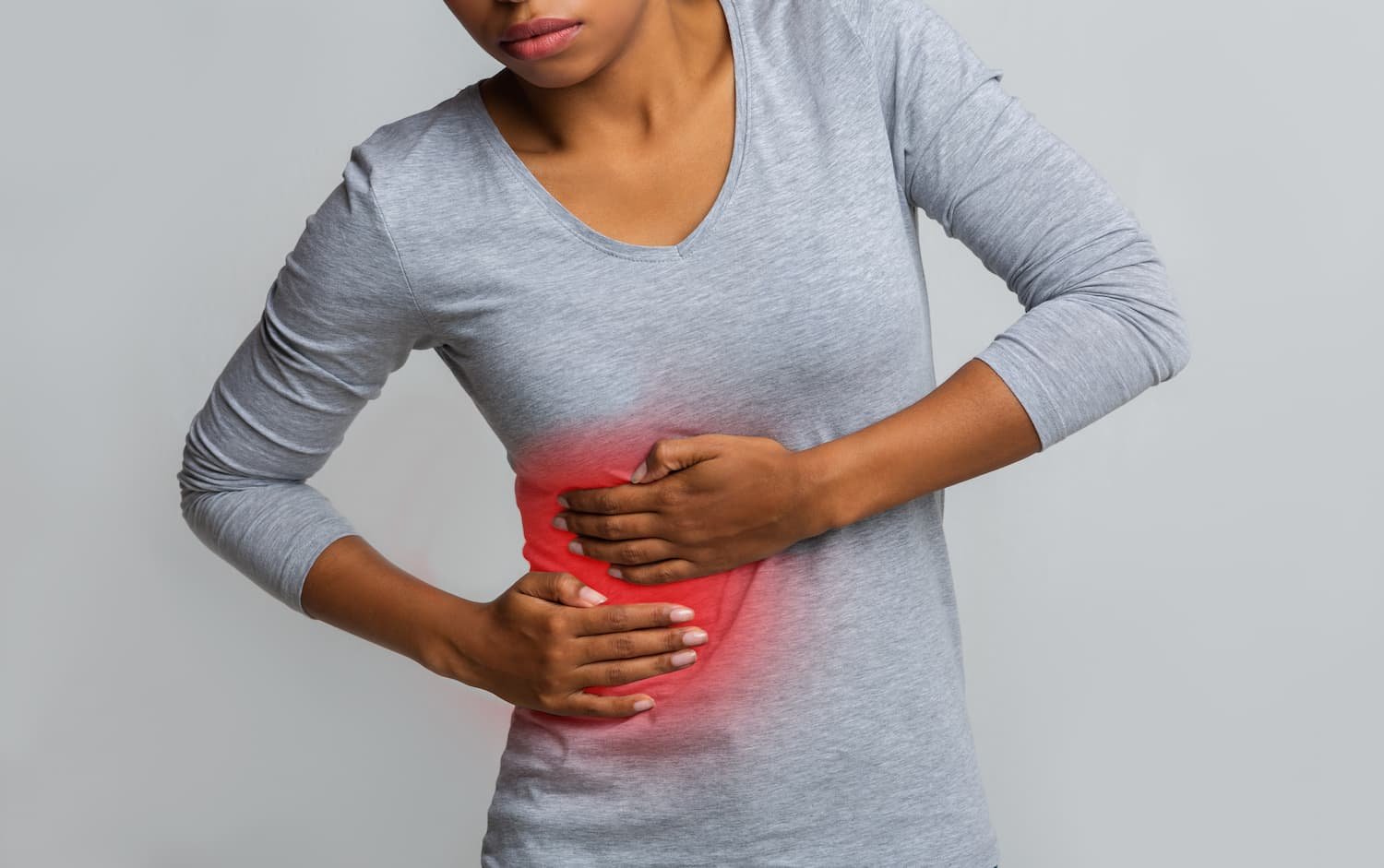The Liver
Liver Cysts
What are liver cysts?
Liver cysts are benign (non-cancerous) growths that form in the liver. Unless there are symptoms, these fluid-filled sacs rarely require treatment, as they do not typically affect the function of the liver.
In many cases, people with a single cyst (known as a simple cyst) will not experience symptoms. Others may develop something known as polycystic liver disease and have multiple cystic growths on their liver. Even with polycystic liver disease, the liver can continue functioning as it should.

What causes liver cysts?
The exact cause of the malfunction in the bile duct, which produces liver cysts, is not known. While some people develop liver cysts, others are born with them. Even when liver cysts are present at birth, they can go undetected until later in life when symptoms arise.
People with polycystic liver disease can inherit the disease, but the condition can occur with no family history of the disease in some cases.
The echinococcus parasite, which can cause infection through contaminated food, is also understood to play a part in developing liver cysts.
There is no known way that you can prevent liver cysts, and it is not certain which lifestyle choices - such as smoking or drinking alcohol - contribute to a higher risk of developing liver cysts.
Symptoms of liver cysts
In general, until a cyst enlarges, it will not cause any discomfort or pain. When a cyst grows, symptoms can include:
- A sudden or sharp pain in the stomach's upper section
- Abdominal bloating, which looks like swelling in the surrounding area.
- Feeling the cyst with your hands from the outside of the stomach.
- Increased pain if the cyst begins to bleed
- Reduced appetite, more often associated with left sided cysts that push into the stomach
Liver cyst symptoms can stop in just a few days in many cases. Bleeding can also often stop without treatment becoming necessary for any patient.
Treatment options for liver cysts
When a liver cyst is diagnosed, a blood test may be done in order to check for the possibility of a parasite. If a parasite is found, an antibiotics course can be the recommended treatment.
Your doctor can advise a wait-and-see approach for small cysts. For cysts that have grown larger and are causing pain, discomfort or bleeding, there are several treatment options available:
There is a procedure that drains fluid from the cyst via a needle inserted into the abdomen. In some cases, this might not stop the growth of the cyst, as there is a chance that the fluid could begin to accumulate again.
To avoid recurrences, patients can undergo surgery to remove the cyst entirely. This can be done with a minimally invasive laparoscopy procedure that involves the surgeon making a few small incisions, allowing surgical instruments to be inserted. A laparoscopy for liver cyst removal only requires a one-night hospital stay, and full recovery time can be as low as two weeks.
For severe cases of polycystic liver disease in which cysts are recurring after a treatment plan, affecting liver function, bleeding heavily, or causing intense pain, your doctor may recommend a liver transplant.
